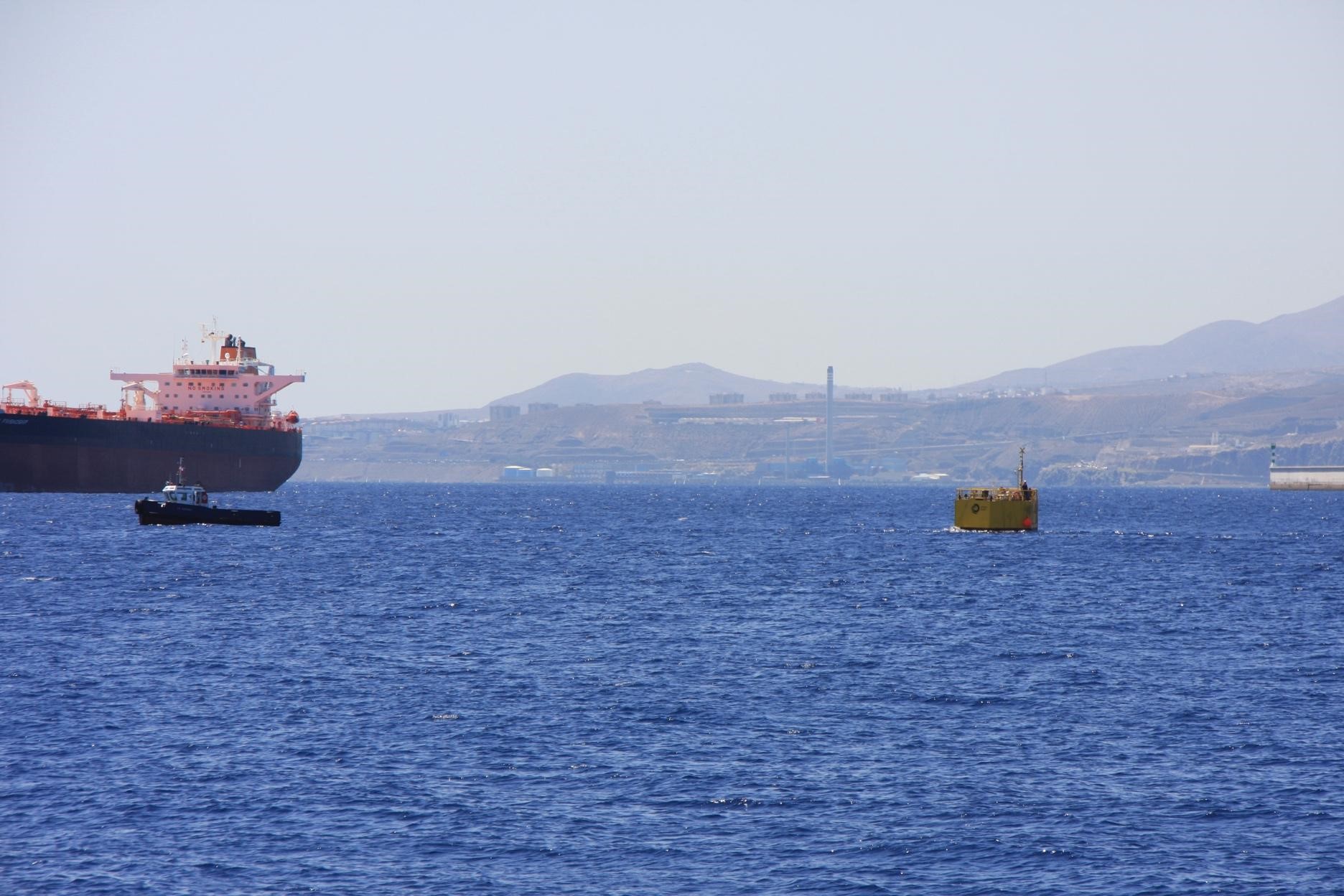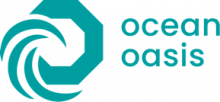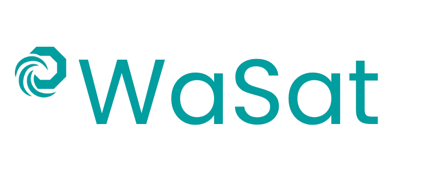
Objectives of the service
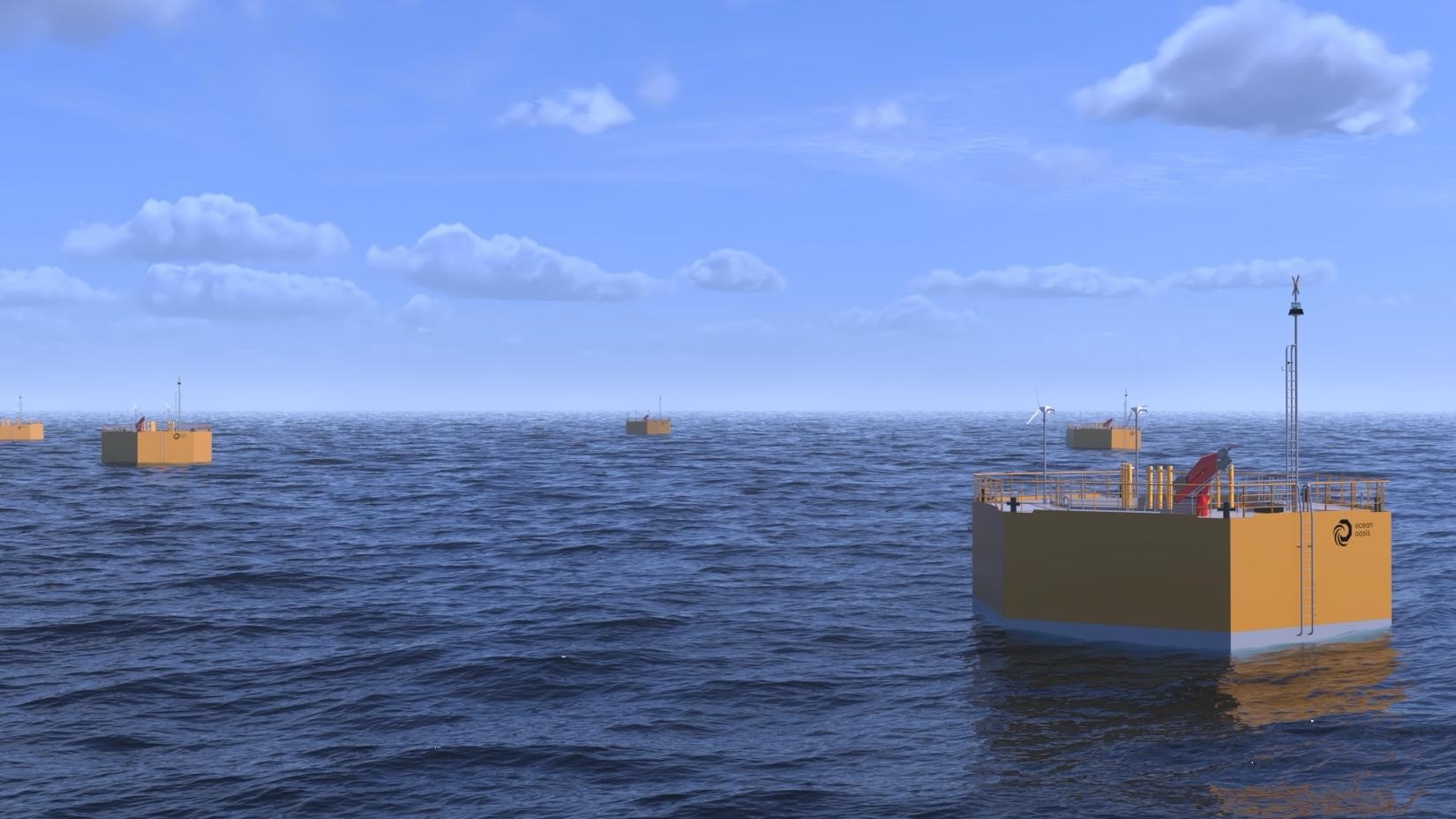
The objective of the proposed solution is to provide fresh water through a wave powered desalination system, which relies on satellite data to deliver a sustainable and cost-effective service. Potential customers require information on expected production and cost of water to consider a water-as-a-service offer. Ocean Oasis is developing the required tools to offer a seamless customer journey from request to a commercial closure.
This analysis tool is vital part of the overall offering: developing wave-powered desalination buoys to deliver affordable and sustainable freshwater.
Users and their needs
Water utilities in water scarce coastal regions need safe and affordable desalinated water to ensure sufficient water services to local communities and agriculture. Utilities with already installed desalination capacity on land need more sustainable solutions for increasing their production to meet increasing demands. They need:
-
Stable and predictable source of water
-
Affordable water source
-
Minimum impact of brine discharge
-
Minimize CO2 emissions
Offshore renewable desalination using wave power is a promising solution for many coastal regions, such as Spain and Portugal, South Africa, Chile and California.
Service/ system concept
The focus of this project is the “Production estimation and design optimization” application, an automated workflow centred around the identification of potential locations for deployment of Ocean Oasis’ solution.
The application estimates freshwater production volumes and price for various locations and designs (shape, size and number of desalination units).
In the forecast, given the distance to shore considering local bathymetric conditions and wind conditions, initial wave data must be adjusted to be representative for the near shore location. The near field solution is validated against local wave data provided by satellite data and/or measurements. Once knowing the local wave conditions, Ocean Oasis can reliably compute the wave energy resources and find the optimal wave energy converter design in terms of energy efficiency, and overall cost per freshwater production volumes.
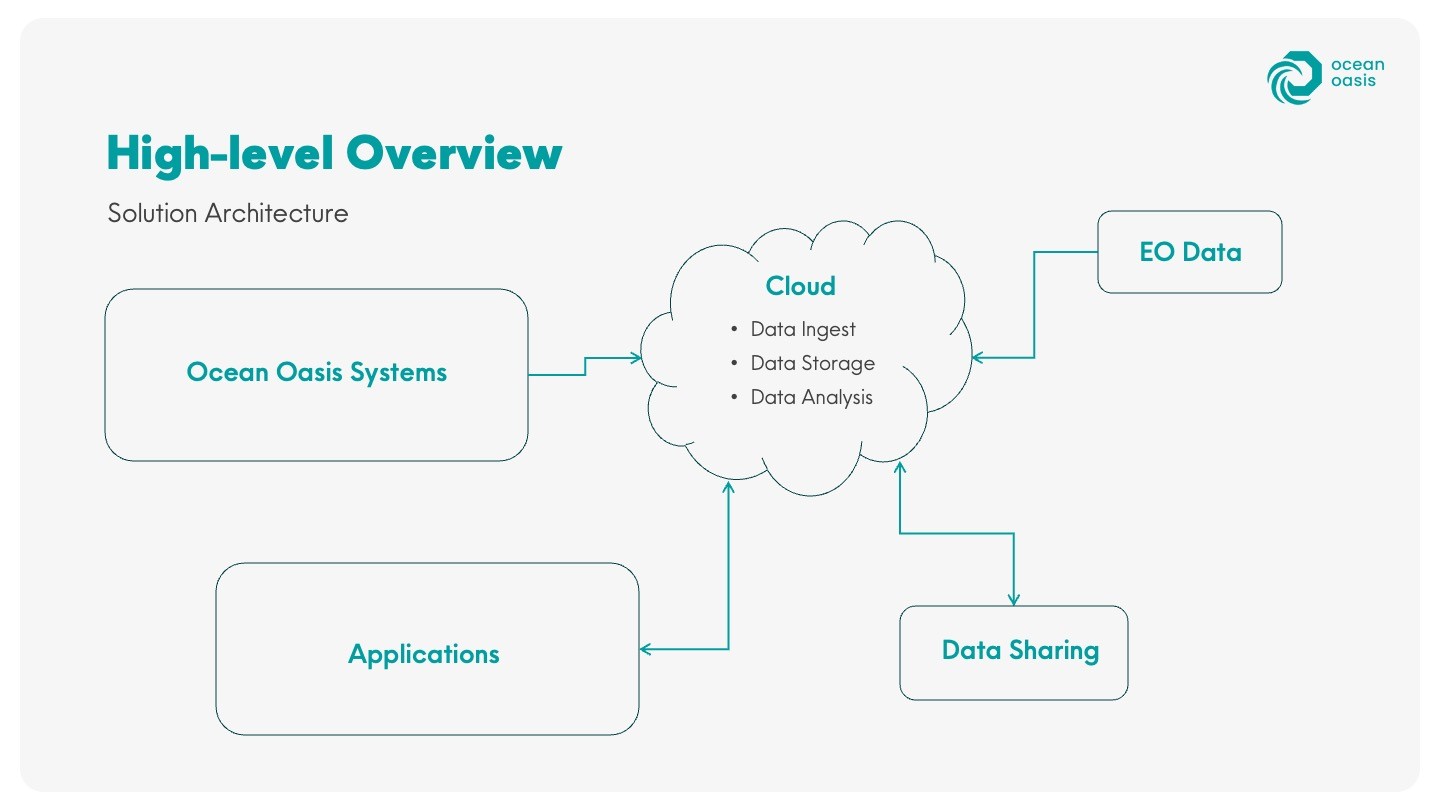
Space Added Value
In Ocean Oasis’ solution, space assets are used to validate the computed near field solution by comparing it with local wave data from satellites.
Through this Kick-Start activity, Ocean Oasis has found how to better utilize Earth Observation data and integrate them to the service. The wave data from satellites can be used to validate the near field wave solution through spot checks in time and space.
The validation primarily provides information to document performance of the estimation models and provide basis for adjusting these. Satellite data can contribute to the tool’s accuracy, and such improve production forecasting and pricing. This enables Ocean Oasis to deliver faster and better delivery of desalinated water in water scarce regions.
Current Status
The WaSat Kick-Start activity was successfully concluded. Throughout the project period, Ocean Oasis achieved the following:
-
User engagement and insights through meetings with 5 relevant water utilities, where one has been chosen as first customer in a joint development project from 2024 onwards. Broad stakeholder engagement through one major local event for the launch of the pilot “Gaia” in Gran Canaria, in addition to participation and presentations at 6 conferences, including World Water Week in Stockholm.
-
Technical feasibility was confirmed through the maturation of the tool for evaluating the wave resource. Based on the wave resource estimates, optimal design for the Ocean Oasis technology can be computed providing production and costs estimates.
-
Economic viability has been assessed through a market analysis, business model maturation and financial modelling. Additional funding was secured through a financing round with new and existing investors during the project period.
At the project end, Ocean Oasis is testing its technical demonstrator buoy “Gaia” in Gran Canaria. This significant milestone shows full proof of concept of Ocean Oasis’ technology, as wave energy is used to run a conventional desalination process in a floating offshore wave energy converter. The results from the WaSat project are important when continuing the maturation of Ocean Oasis’ analysis tool for a seamless customer journey.
